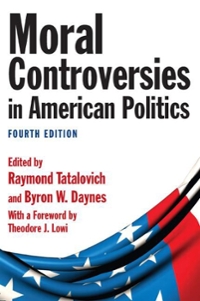11. In a simplied model , let's examine the choices an investor must make when facing a potential liquidity constraint . A liquidity constraint occurs when an event happens that requires an immediate expenditure in the form of cash . For instance , an unexpected investment opportunity occurs , an accident happens , etc. In general , investors prefer to not keep cash . as it prevents them from making more lucrative returns on investments .However , the potential need for cash causes a tension in the investor's decision -making . To examine this , let's assume an investor's vNM utility function over his returns on an investment is u(x) = ln(x) . For simplicity , we will assume the investor is deciding how to allocate $1 between short and long -term assets .With probability p, he will face a liquidity constraint in the short -term and will gain a return equal to the amount of his wealth invested in short term assets (for simplicity , we are assuming his long -term assets are worth $0 in this case , instead of the more realistic scenario in which they are worth something , but less than their original worth since they must be liquidated prior to maturity ). With probability 11:, he will not face a liquidity constraint in the short -term and will gain a return equal to the amount of his wealth invested in short -term assets plus the amount of his wealth invested in long -term assets times R, where R>1 is the return on long -term assets .As an example , if he invests $0.40 in the short -term asset and $0.60 in the long -term asset , then he will receive $040 with probability p and $0.40 + $0.60R with probability 1-)). Note the tension in this model comes from the fact that the investor would like to have the higher return of long -term assets , but risks losing his investment if he faces a liquidity constraint .In this environment, how much money will the investor invest in short-term assetsHEi'mt; Set up the 0 , the amount he invests 1-9 individual's expected utility inction and maximize it with respect to 6 in short -term assets . Note if he invests in short -term assets , then he will be investing in long -term assets . A 5=R 2(R-1) B 9= PR ' pR-l C 6_R(p 1) ' R 1 D H- R-1







